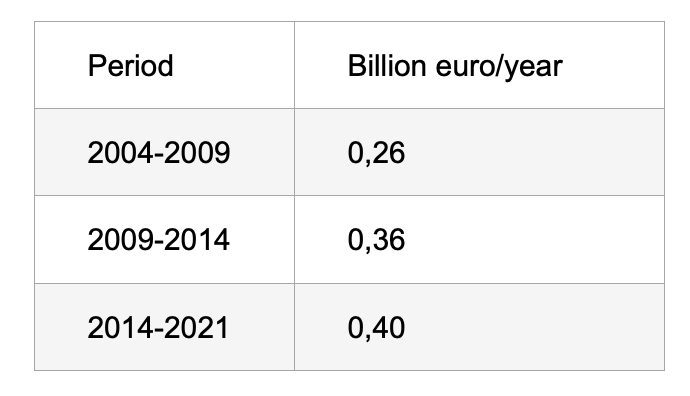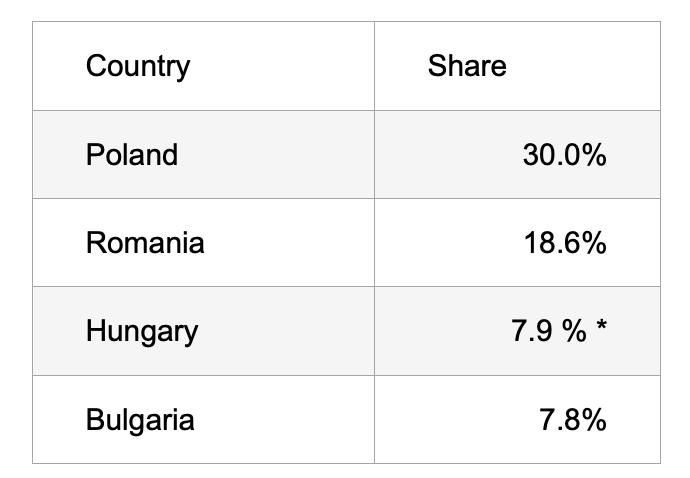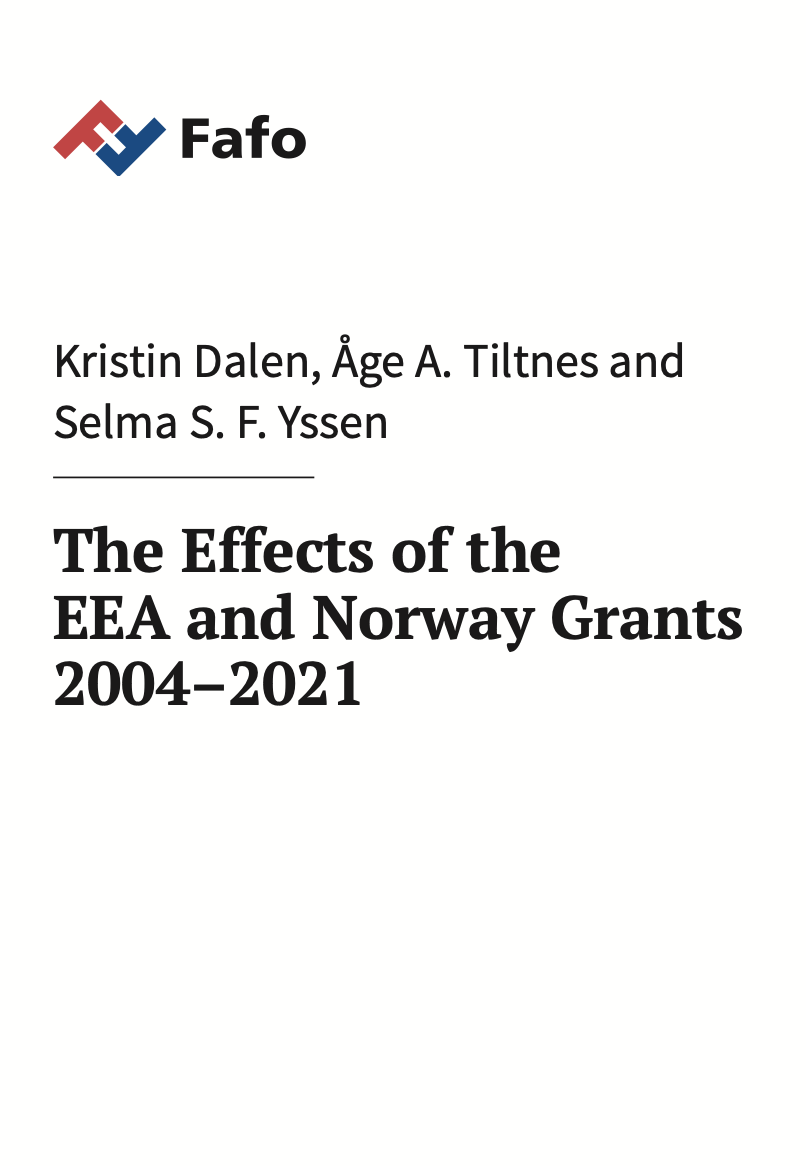- FACTS
-
Negotiations on the size of the EEA grant for the coming period are ongoing. The previous period, 2014 to 2021, has been extended until April 2024 because it has taken so long to negotiate – first with the EU and then with recipient countries – what the money should be used for.
There have been three grant periods so far:

By the end of 2021, only one-third of the grant totalling 2.8 billion euro over seven years had been used. Negotiations with Hungary failed because its government did not accept that an independent body should be allowed to receive the money. Hungary has therefore not been given the 0.2 billion euro it could have had.
15 countries, mainly from former Eastern Europe, are eligible for EEA grants. An organisation dealing with applications and the distribution of funds has been set up in Brussels. It is called the Financial Mechanism Office (FMO) and has 70 staff. The four countries receiving the biggest share of the EEA grant during the 2014 to 2021 period were:

* Hungary has not received its share since the government does not accept that an independent organisation should manage the grant.
- The report
-

The report “The Effects of the EEA and Norway Grants 2004-2021, What has Norway Achieved?" was written by Kristin Dalen, Åge A. Tiltnes and Selma S. F. Yssen.
 Follow us on Facebook
Follow us on Facebook
